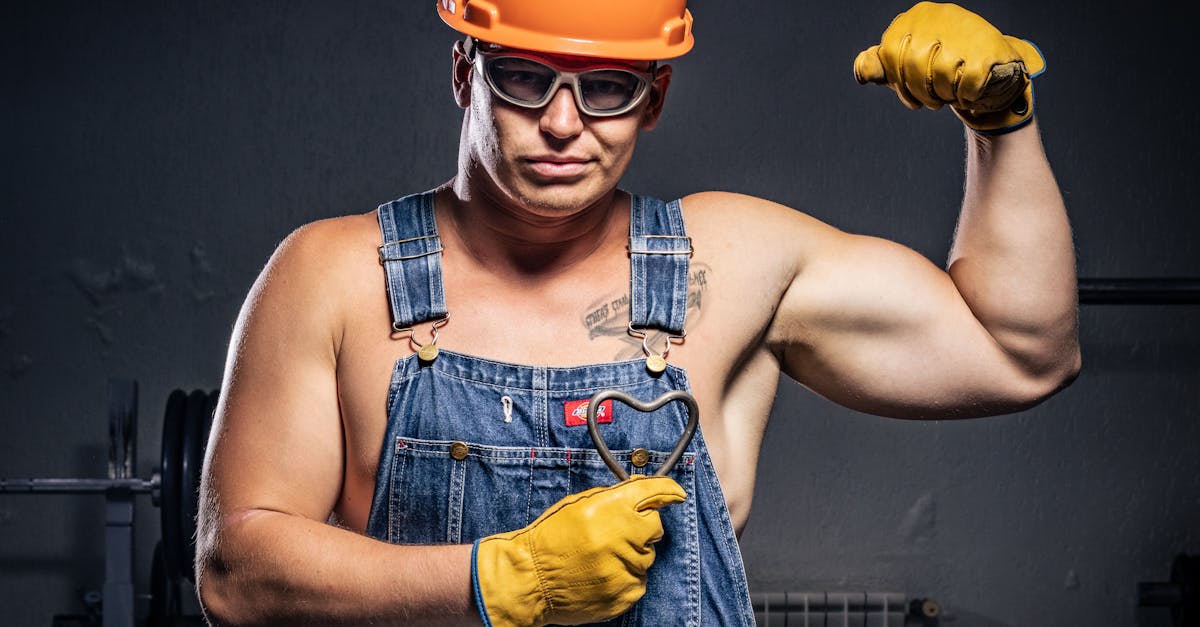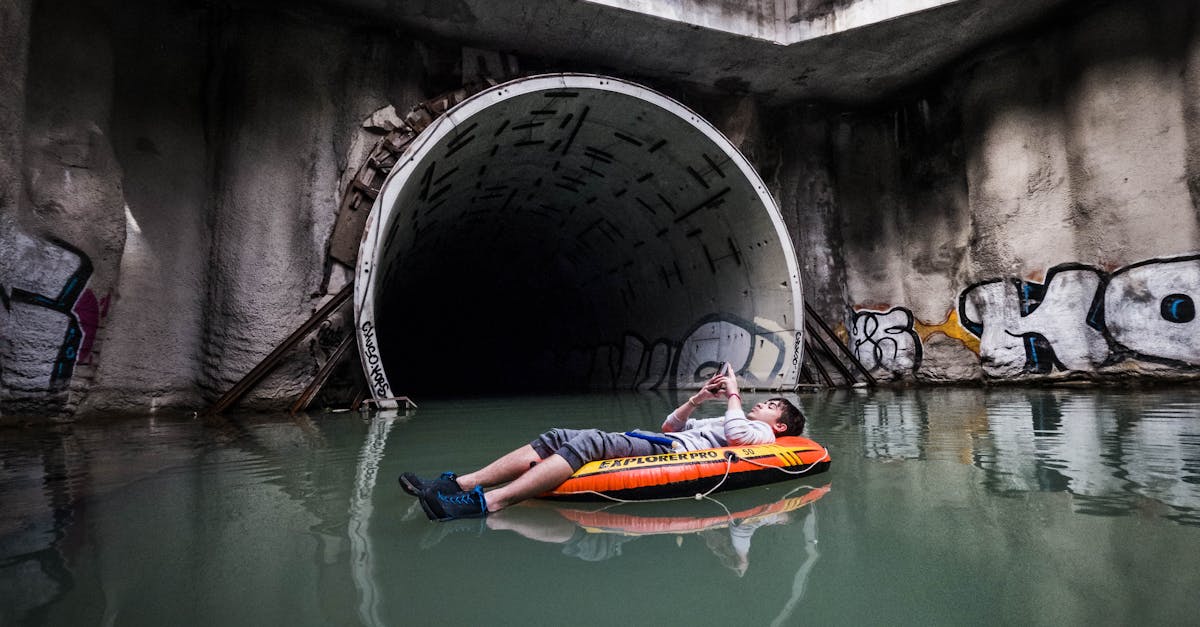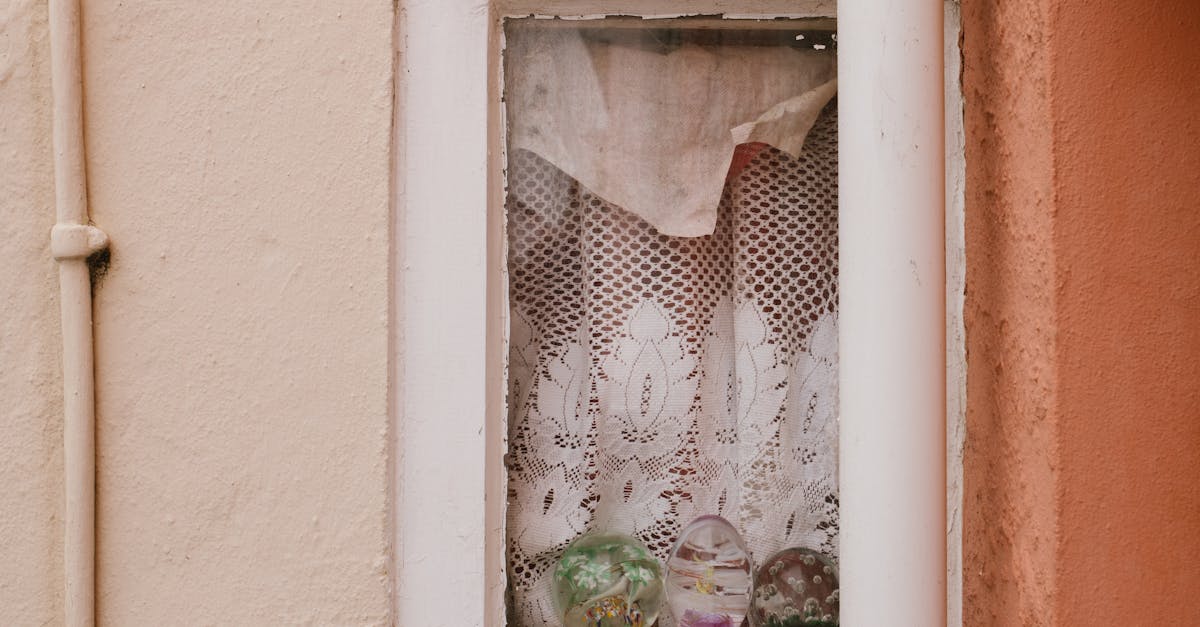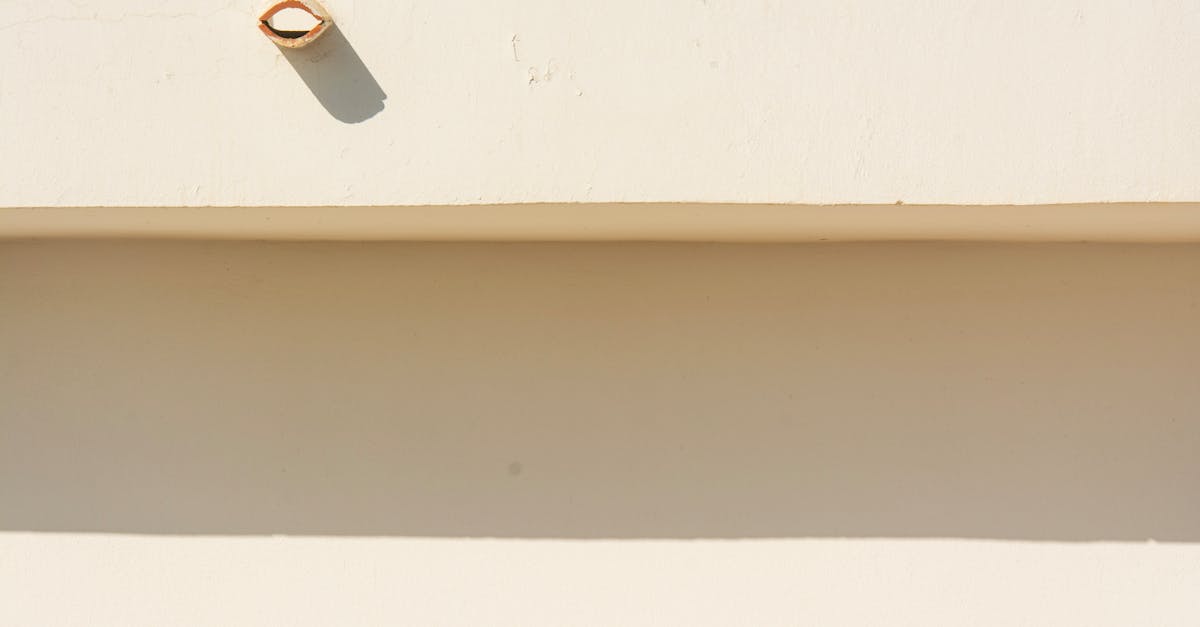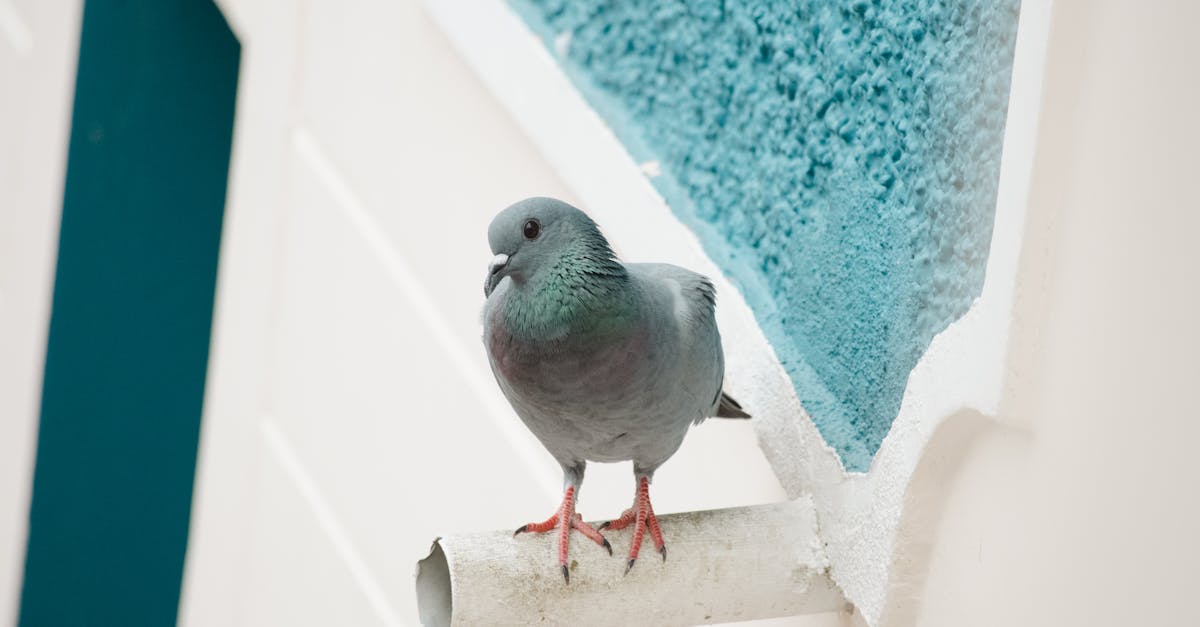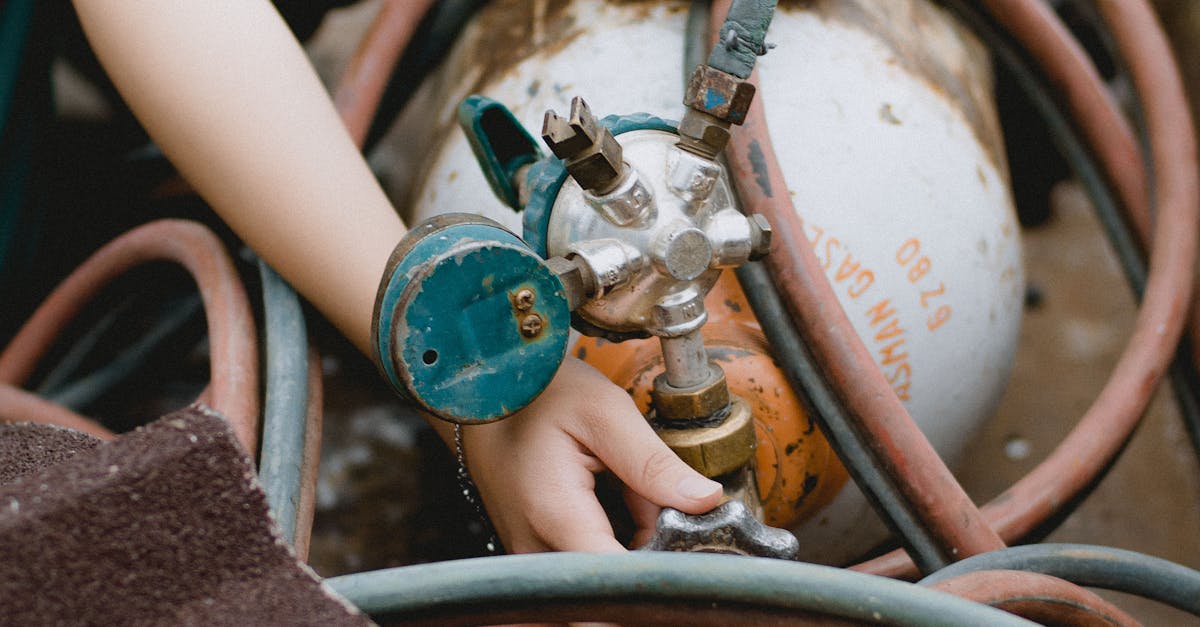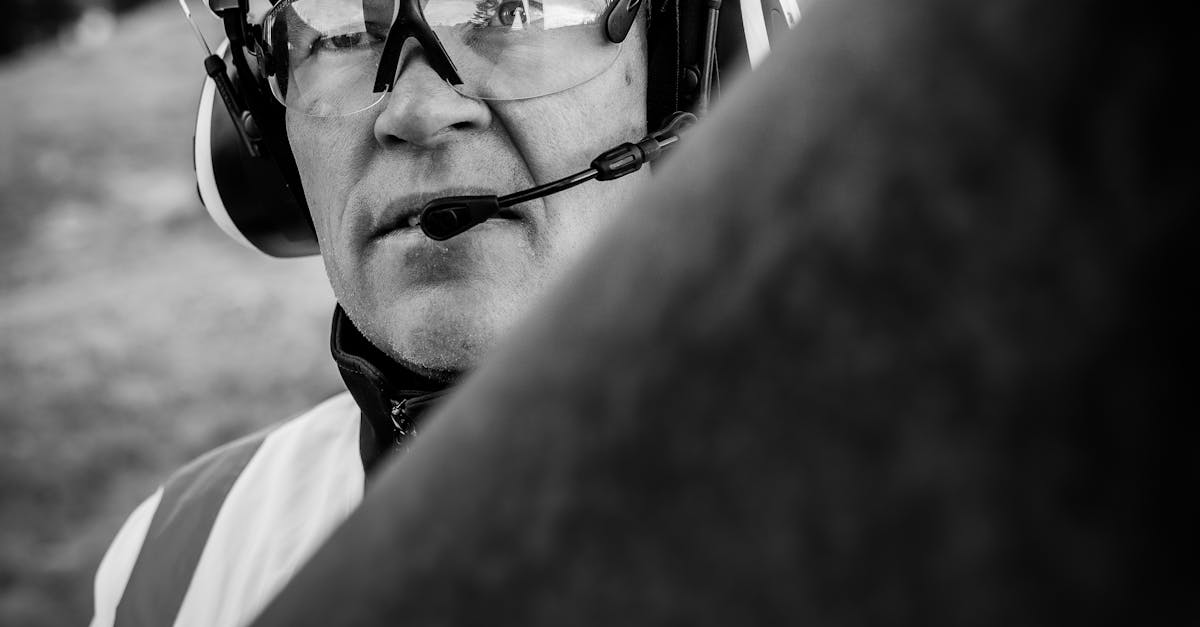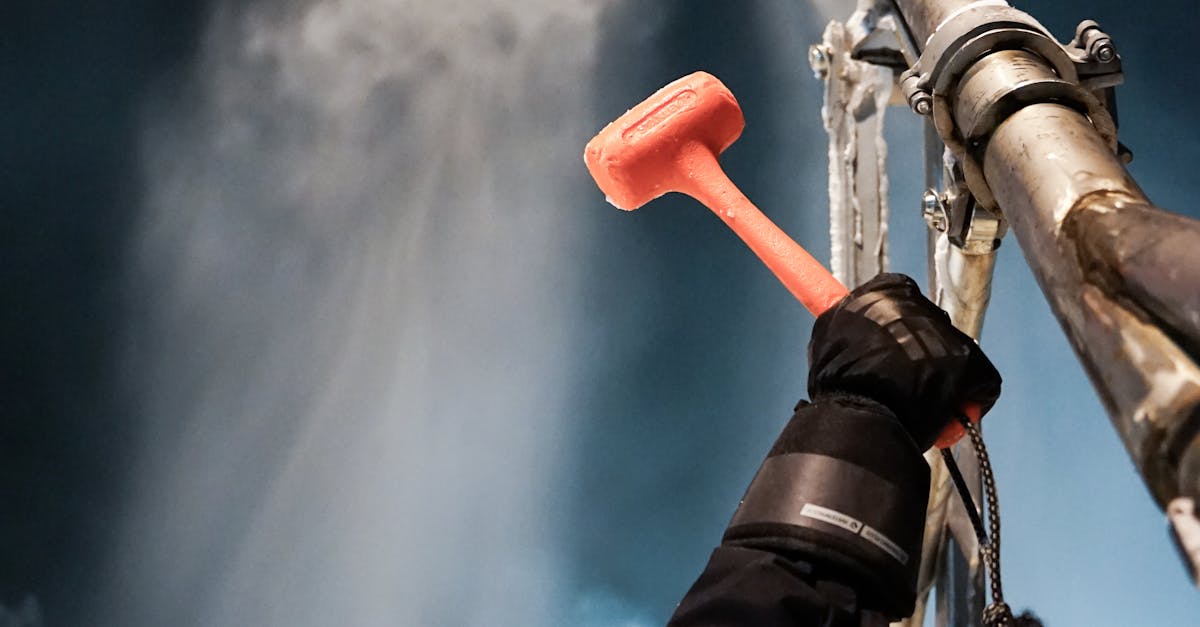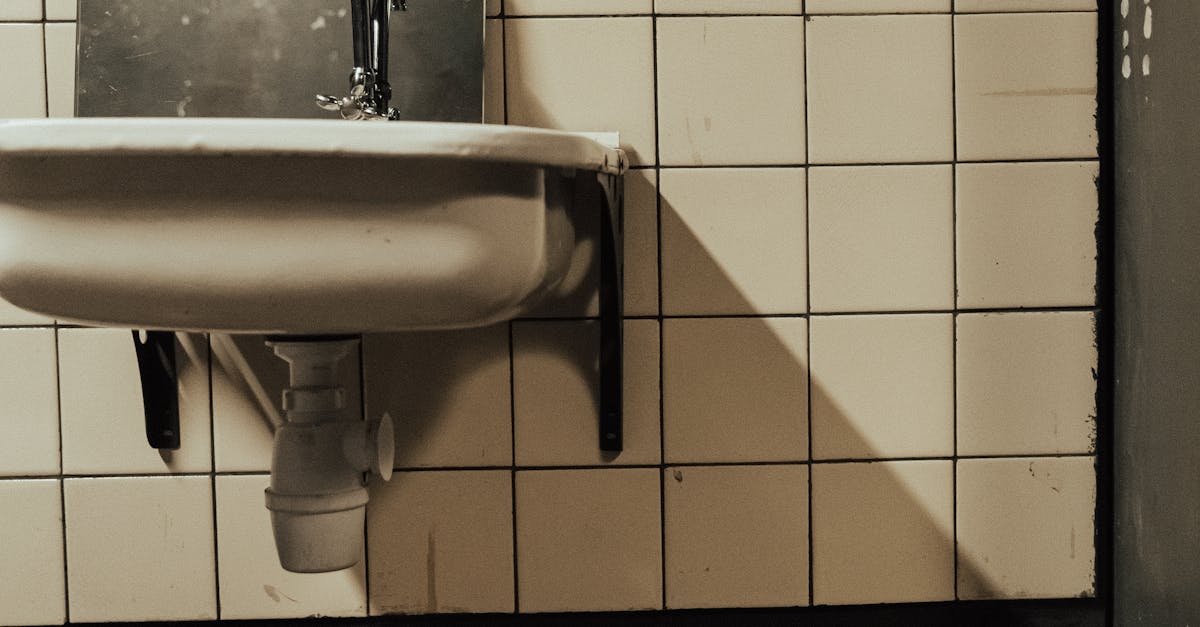
Table Of Contents
Modern Pipe Relining Processes
Modern pipe relining processes have transformed the way damaged pipes are repaired. Traditionally, methods such as excavation were common, leading to significant disruption and waste. Today, pipe relining involves inserting a new lining into the existing pipe, effectively creating a smooth and durable inner surface. This method not only minimises the need for extensive digging but also speeds up the repair process, making it less invasive and more efficient.
This innovative approach utilises advanced materials, such as epoxy resin, which bonds to the existing pipe and hardens to form a sturdy new layer. The relining process can accommodate various pipe sizes and types, making it versatile for different plumbing situations. Many contractors also employ robotic tools to navigate bends and corners, ensuring a comprehensive repair without the need for complete pipe replacement. This efficiency offers undeniable advantages, particularly in urban areas where disruptions need to be minimised.
Techniques Used Today
Pipe relining techniques have advanced significantly over the years, employing a variety of materials and methods to ensure durability and effectiveness. One popular method involves using a flexible liner impregnated with resin. This liner is inserted into the damaged pipe and then expanded to fit the existing pipe's shape. Once in place, the resin is cured, creating a solid and seamless new layer inside the old pipe. This approach not only repairs the damaged areas but also extends the lifespan of the pipes.
Another technique gaining traction in the industry is the use of cured-in-place pipe (CIPP) methods. This involves inserting a precursors saturated in resin into the existing pipeline and subsequently curing it in place using hot water or UV light. This technique is highly efficient, enabling quick repairs while minimising the disruption to surrounding areas. As these modern pipe relining techniques continue to evolve, they offer effective solutions for various pipe conditions and help maintain the integrity of our underground infrastructure.
The Role of Technology in Pipe Relining
Technology plays a crucial role in modern pipe relining processes, enhancing both efficiency and effectiveness. Innovations in materials and techniques have improved the overall durability and longevity of relined pipes. For instance, the use of advanced synthetic liners has increased resistance to corrosion and chemical exposure, making them suitable for a wider range of environments. These developments have also contributed to a more streamlined installation process, reducing the time and labour required to complete projects.
CCTV inspection technology significantly aids in the assessment and planning phases of pipe relining. High-resolution cameras allow technicians to visually inspect the internal condition of pipes before undertaking relining. This inspection not only identifies damaged sections but also helps in discovering blockages and other issues. By providing precise information about the state of the pipes, CCTV technology enables targeted repairs, thus optimising resource use and minimising unnecessary work. This integration of technology ultimately ensures better outcomes for property owners, as it leads to more effective pipe relining solutions.
Impact of CCTV Inspection
CCTV inspection has revolutionised the way technicians approach pipe relining. By utilising high-definition cameras, operators can visually assess the condition of pipes from within, identifying blockages, cracks, and other issues that may not be visible externally. This detailed analysis enables professionals to determine the most effective course of action for repairs, ensuring that the relining process is both efficient and targeted.
The precision offered by CCTV inspections not only improves the overall quality of pipe relining but also helps in planning and executing the project with minimal disruption to the surrounding environment. By pinpointing specific problem areas, crews can avoid unnecessary excavation, reducing the impact on infrastructure and landscapes. This method enhances the longevity of the relined pipes and contributes to more sustainable practices within the industry.
Environmental Benefits of Pipe Relining
Pipe relining offers significant environmental benefits by minimising the amount of waste generated during pipe repairs. Traditional excavation methods often result in considerable disruption to the surrounding landscape and infrastructure. In contrast, pipe relining involves inserting a new liner into existing pipes, which drastically reduces the need for extensive digging. This approach not only conserves natural resources but also lessens the carbon footprint associated with transport and disposal of the broken materials.
Another advantage of pipe relining is its contribution to water conservation. By effectively sealing leaks and restoring the structural integrity of pipes, this method prevents valuable water resources from being lost. An increase in efficiency in the existing plumbing systems translates to lower water usage and reduces the strain on local water supplies. The longevity of relined pipes means that they remain functional longer, resulting in lower environmental impact over time compared to frequent replacements.
Reducing Waste and Minimising Disruption
Pipe relining is an efficient method for repairing damaged pipes without the need for extensive excavation. This approach leads to minimal disruption to the surrounding environment, making it particularly advantageous in urban areas where infrastructure is closely packed. By using this technique, property owners can avoid the chaos and inconvenience often associated with traditional pipe repair methods, which can involve digging up roads or gardens.
The reduction in waste generated during pipe relining sets it apart as an eco-friendly alternative. Traditional repairs frequently result in the removal of large sections of pipe, contributing to landfill waste. In contrast, pipe relining rehabilitates existing pipes from the inside, preserving the original material and significantly lowering the environmental footprint of plumbing repairs. This makes it a preferred choice for those seeking sustainable solutions for their plumbing issues.
FAQS
How long has pipe relining been in use?
Pipe relining has been around since the late 1970s, initially gaining popularity in Europe before spreading to other parts of the world, including Australia.
What are the modern techniques used in pipe relining?
Modern pipe relining techniques include the use of cured-in-place piping (CIPP), which involves inserting a flexible liner coated with resin into the damaged pipe and then curing it in place to create a new, durable pipe.
How does technology enhance pipe relining processes?
Technology enhances pipe relining processes through advanced tools like CCTV inspection cameras, which allow for precise assessment of pipe conditions and help to identify issues before relining begins.
What environmental benefits does pipe relining offer?
Pipe relining offers environmental benefits by significantly reducing waste, as it eliminates the need for extensive excavation and replacement of old pipes, thereby minimising disruption to the surrounding area.
Is pipe relining a permanent solution?
Yes, pipe relining is considered a long-lasting and durable solution, with many relined pipes having a lifespan of over 50 years, depending on the materials used and the conditions of the original pipes.
